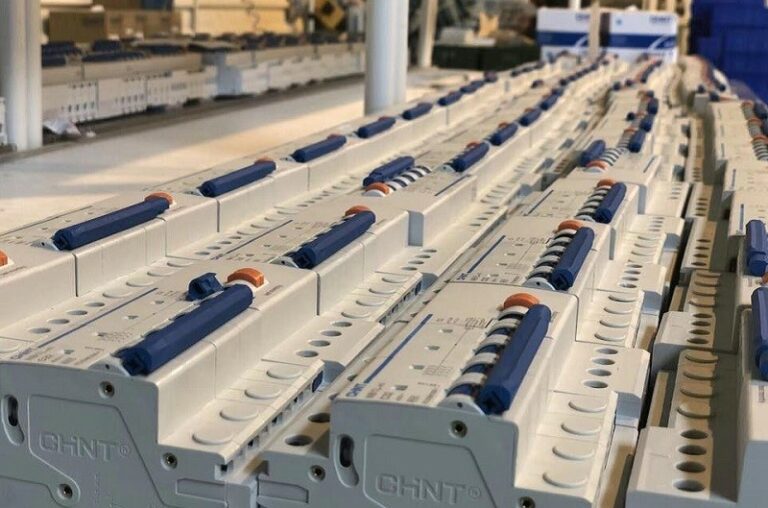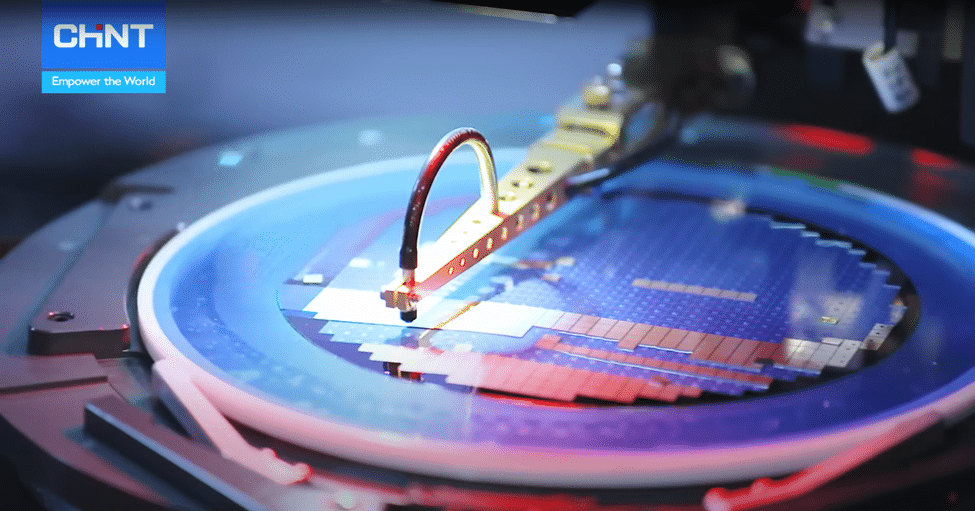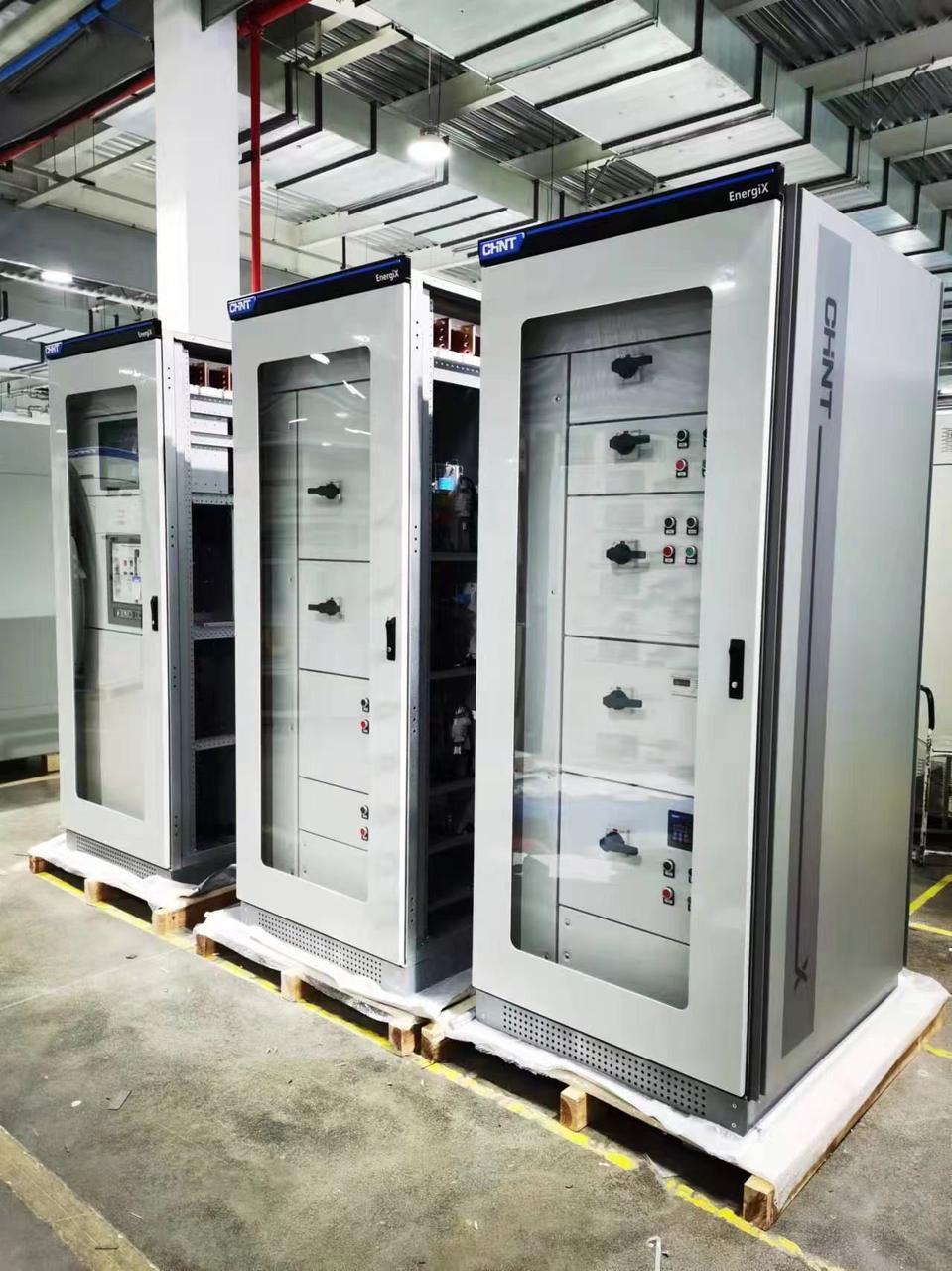Table of Contents
What Exactly is a Surge Arrester?
A surge arrester, as the name suggests, is a device that protects other electrical equipment by “arresting” or discharging surge currents brought about by external (e.g. lightning) or internal (switching events) forces. It is also called a surge protection device (acronym: SPD), or less commonly, a voltage surge suppressor (TVSS).
Because they perform almost the same function on paper, most people usually confuse surge arresters with lightning arresters. However, while lightning arresters are installed outdoors, surge arresters are installed indoors.
How Do Surge Arresters Work?
All appliances and electrical devices have a fixed voltage range. This is a band of operating voltages that indicates the range at which a particular device is designed to safely operate within. If the voltage received by a device is higher than its recommended voltage range, the device may malfunction, its internal components damaged, and even blow up in a worst-case scenario.
So, why would there be a high voltage transmission in the first place? It’s important to note that voltage fluctuations happen all the time. These can be attributed to a variety of reasons like a corroded, loose connection in your house or building, wiring issues, poor power supply quality, interference, etcetera. Most of the time, these fluctuations do not exceed usual voltage ranges and are thus not a cause of worry. However, there might be instances wherein the voltage fluctuations can experience extreme dips and spikes brought about by lightning storms and switching overvoltages.
Surge arresters limit these overvoltages caused by lightning or switching surges (i.e. surges that occur when operating conditions in an electrical system are suddenly changed). They are not designed to protect against a direct lightning strike if ever one should occur.
But rather, they offer some degree of protection against electrical transients caused by lightning strikes when they occur within the general vicinity of the conductor. In this regard, surge arresters can also divert transients similar to those that come from lightning like those that come from a high voltage system’s faulty switching.
Whatever it is that the overvoltage is coming from, a surge arrester works the same way. It either clamps the surge to minimize the voltage that passes through its power system, or it redirects it to the ground. Some surge arresters on the market today come equipped with a “surge counter” component, which is a module that allows the device to capture the occurrence of a discharge.
Surge Arrester Types and Their Functions
Surge arresters are usually classified according to voltage rating and the amount of protection they can give to a network. Here are some of the common categories that surge arresters used in power systems are classified under:
1. Secondary Arrester
A secondary arrester is an arrester rated under 1000V. They provide another degree of surge protection in a home’s service transformer. A transformer’s failure rate is estimated to be around 0.4% to 1% (with 50 to 70% of failures caused by low-side surges). With a secondary arrester, this failure rate can be decreased significantly.
2. Station Arrester
When it comes to handling capabilities for high voltages, the station class arresters are the best devices for the job. Among all the arrester types, they are the ones who offer the best discharge voltages and have the capability to withstand the highest of faulty currents. These arresters are available in voltages ranging from anywhere between 3 kV to 684 kV. Station class arresters are also available in different cantilever strengths for various demanding applications.
3. Intermediate Arrester
Intermediate arresters are often used in small substations, or in cases where there’s a need for underground cable protection. They are also ideal for dry-type transformers. They can handle high discharge voltages and have a high current resistance capability, albeit at a lower magnitude than that of secondary arresters. Intermediate arresters are available with voltage ratings from anywhere between 3 to 120 kV.
4. Distribution Arrester
Distribution arresters have the lowest protective capabilities when it comes to arrester types. As such, they are only used in medium voltage networks, or in transformers that are elbow and cubicle-mounted.
In areas where there is high lightning activity, a heavy-duty type of surge arrester is used to cope with demands. Areas with less lightning can usually make do with normal duty arresters. In these cases, sometimes an arrester that is positioned on a riser pole is utilized; this way it can help stop the voltage surge that was observed by the equipment and the system’s underground table.

CHINT Surge Arrester
CHINT Surge Arrester is the first line of defense when it comes to protecting your electric system and any other loading electrical apparatus from natural causes like thunderstorms and lightning and instantaneous switching overvoltages.
* CHINT Surge Arrester Series
The CHINT Surge Arrester Series is proven to protect up to 500 kV power transmission and distribution from overvoltages. Its 3-36 kV composite surge arresters have been KEMA certified, and have good sealing capabilities to ensure continuous and reliable operation 24/7.
* CHINT Surge Monitor and Discharge Counter
This is a module connected to a surge arrester that continuously measures any change of leakage. It can also record the discharging times of the surge arrester itself. This data can then be utilized to further improve the reliability of the power system during operation. This counter can be easily attached to the arrester and has low residual voltage to ensure that it does not affect the condition of the arrester it’s attached to.
Conclusion
A surge arrester will protect your appliances and electronic equipment from transient voltages and surges. If you live in an area where surges and lightning storms are common, it’s practically a must-have. The surge arrester works by diverting all of the extra voltage that would have gone to your home’s system down into the earth, thus saving your devices from potential damage.
It is usually placed. near the meter in your electrical system. If you want a reliable surge arrester that is KEMA-certified and has proven to be reliable, then go for the CHINT Surge Arrester series with the CHINT SURGE Monitor and Discharge Counter.
Recommend Reading

Differences Between Surge Arrester and Lightning Arrester
Table of Contents There is no question that even the experts tend to get confused sometimes when it comes to the terms used in the

Circuit Breaker – Working Principle, Types and Safety Tips
Either at home or in business, many times there are sudden electrical failures that if they are not addressed quickly, they can cause significant damage








